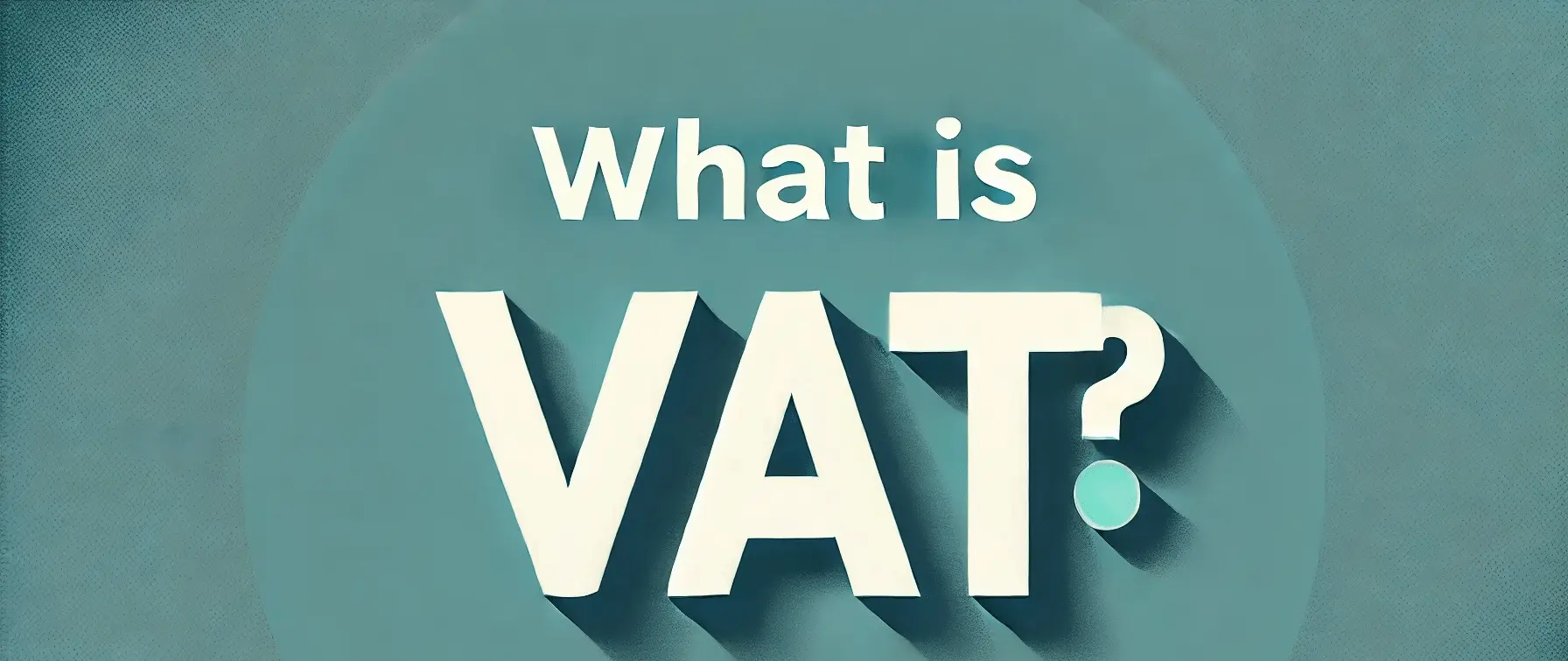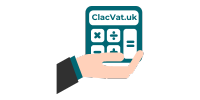
What is VAT?
Do you know about VAT? If not, you’re making your life difficult. Whether you are a consumer, a small startup owner, a big company owner, or a freelancer, understanding the concept of VAT can save you money and improve your compliance. So, let’s have a look at: What is VAT? How does VAT work? And how does VAT affect prices, revenues, and profit margins?
What Is VAT? – A Detailed Overview
VAT stands for Value Added Tax. The other names for VAT are the GCT (General Consumer Tax) and GST (Goods and Services Tax). VAT is an indirect tax that is charged to customers by sellers and submitted to tax authorities. This way, the seller or the business owner acts like a bridge between the government and consumers. Let’s make it simpler for you. VAT is a tax that is charged when products are made and sold, from stage one to the final.
Whenever a product is produced, VAT is charged at every point of the production process, from purchasing the raw materials to make a product to selling it at a store. Various companies pay VAT to the government, and the ultimate price is transferred to the consumer, who ends up paying the total price ultimately. That’s the reason VAT is referred to as an indirect tax because the customer pays it, the businesses collect it, and submit it to the government.
Various products and services are VAT-free, including education, some food items, healthcare, etc. Moreover, when products are exported to other countries, these products also become VAT-free, and the businesses get the money back that they spent on VAT while purchasing the raw materials and in the production process.
History
A German businessman, Wilhelm von Siemens, first thought of the idea of VAT (Value-Added Tax) in 1918. He sought to abolish the old taxation system in Germany, but it was not until 1968 that Germany adopted VAT.
The contemporary form of VAT was initially utilized in 1954 in the Ivory Coast, which was a French colony. Maurice Lauré, a French tax official, introduced it. It was effective, and France introduced VAT in 1958. Initially, it was restricted to large companies, but it was extended to all businesses. Now, France gets 50 percent of tax revenues from VAT.
When European nations created the European Economic Community (EEC) in 1957, they decided to resolve issues that arose due to variations in taxation rules in every nation. Professor Fritz Neumark and a group of workers researched how to do this in a better way.
They ruled in 1962 that the French system of VAT was the best and simplest. By 1967, the EEC had established regulations to assist all member states in employing VAT. It was quickly followed in neighbouring countries such as Belgium, Italy, Luxembourg, the Netherlands, and West Germany.
Value Added Tax Vs Sales Tax
When discussing indirect taxes, which are not paid to the government by the consumer directly, two prominent systems come into discussion, Value-Added Tax (VAT) and Sales Tax. Both serve the purpose of allowing the government to earn revenue out of the money that consumers spend, but they are different to work with.
So, what are the differences, and how do these systems operate throughout the supply chain? Let us find out!
What Is VAT?
Value-Added Tax (VAT) is a consumption tax that is charged on several stages of the production and distribution process. Instead of waiting for a product that is sold to the final consumer, VAT tax is charged each time value is added to the supply chain, from raw material to manufacturing, wholesaling, and eventually retailing.
For Instance:
- A manufacturer makes a payment of VAT on purchasing raw materials.
- When the wholesalers buy the products, they pay VAT to the manufacturer.
- When the retailers purchase from the wholesaler, they pay VAT.
- Lastly, when the consumers buy the product through the retailer, they pay VAT.
At every step, the businesses can take credit for the VAT they have already paid on their inputs. It means that only the added value at every stage would be taxed and not the sum. The ultimate consumer bears the total VAT.
What is Sales Tax?
Sales tax is simpler than VAT. Sales Tax is imposed at the end stage of sale when the consumer purchases the finished product. This tax is not paid by any of the businesses that are involved in the manufacture or distribution of the product. It is only charged by the retailer and collected by them on the customer and then given to the government.
For Instance:
- In our case of bread, no tax is paid by the farmer, miller, or baker. When the customer purchases the bread, the store will levy a sales tax on it (say 10%). Indeed, It is a single tax and the burden is paid by the final purchaser.
Advantages And Disadvantages of VAT in UK
Advantages
Disadvantages
Final Verdict
VAT is not a more complex financial word that accountants understand, but the truth is, it is something that we face in our day-to-day lives. Whether it is the coffee you pick up on your way to work in the morning or a new phone that you are purchasing online, VAT is quietly calculated in the background. VAT allows governments to collect revenue without affecting your paycheck directly.
As a business person, you need to understand how VAT works. If you are a consumer, it helps you to know what happens to your money. VAT is not a single tax, but a phenomenon incorporated in everyday life and the worldwide economy.
